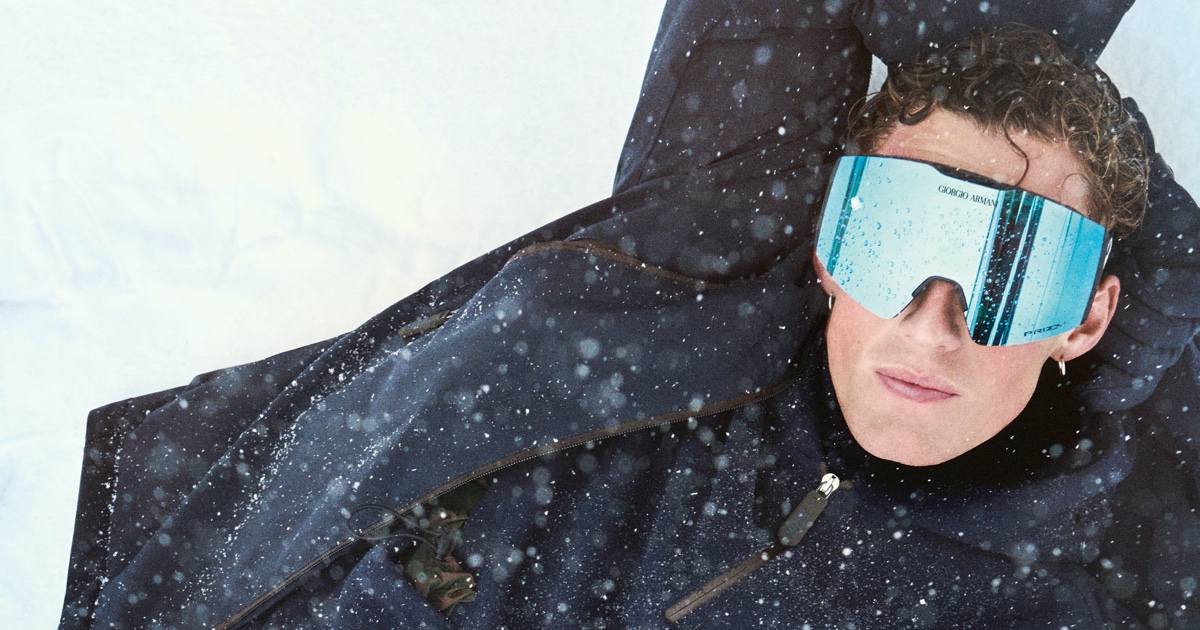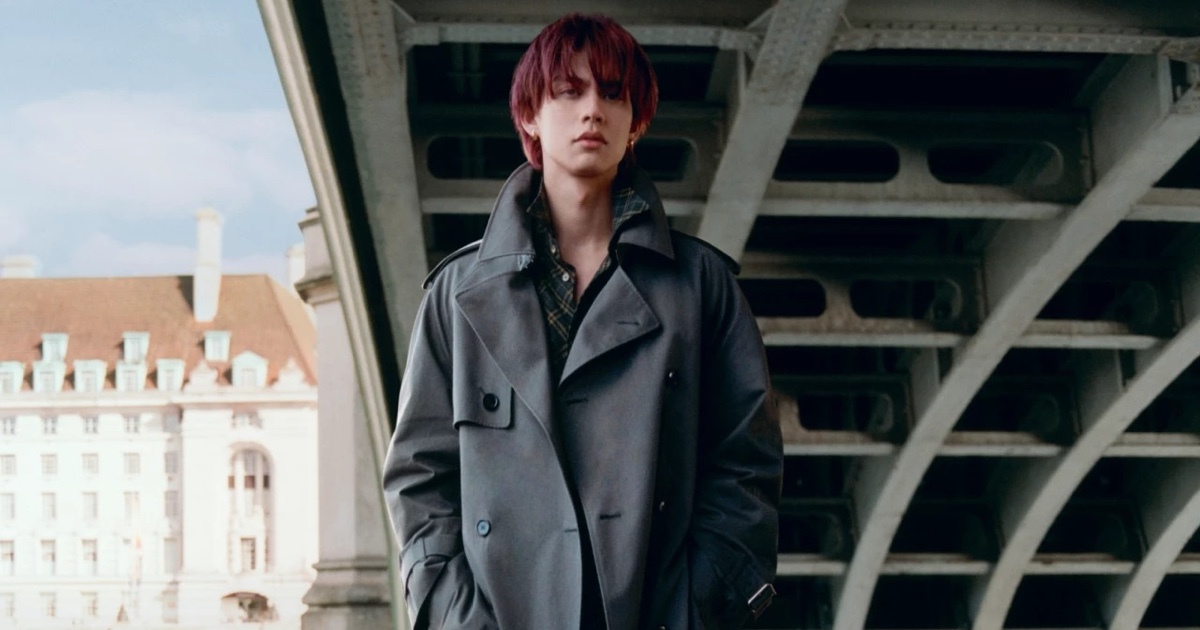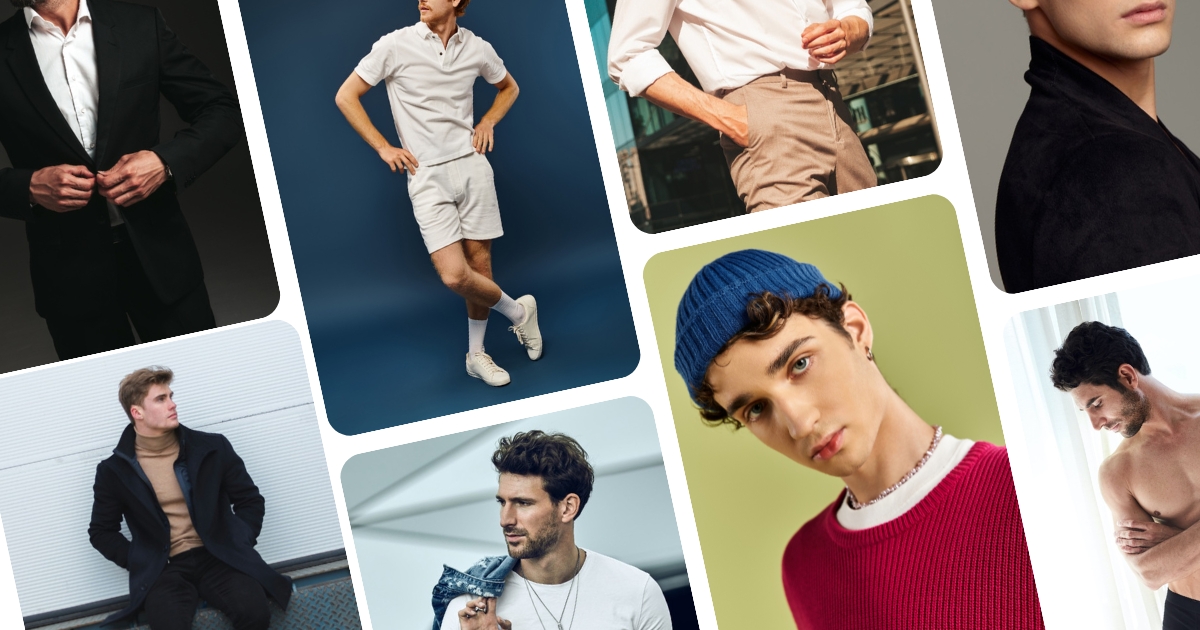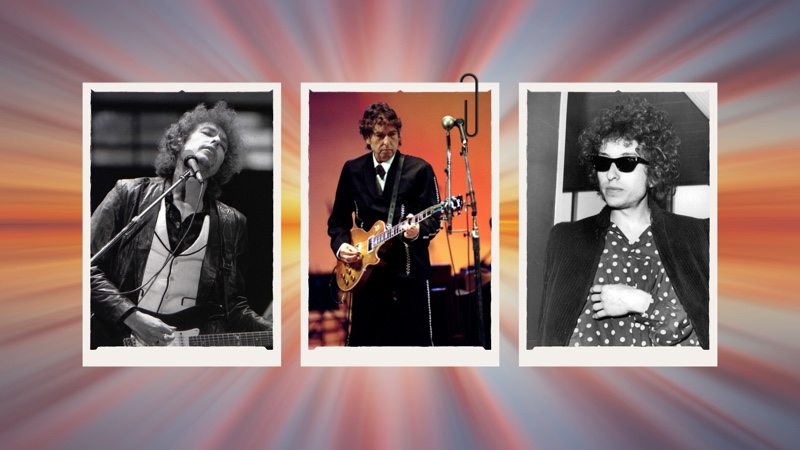
Bob Dylan’s style uniquely blends authenticity, rebellion, and timeless individuality. Starting with the practical and authentic denim and flannel of the 1960s, his wardrobe evolved to embody the rebellious spirit of the Beat Generation before transitioning into a rock aesthetic.
Dylan embraced flamboyant layers and bold accessories in the 1970s, while vibrant colors and statement pieces were introduced in the 1980s. In the 1990s, he returned to his rugged Americana roots, and today, his style blends classic sophistication with Western-inspired elements.
Bob Dylan Style
Early Influence & Folk Beginnings (1960s)
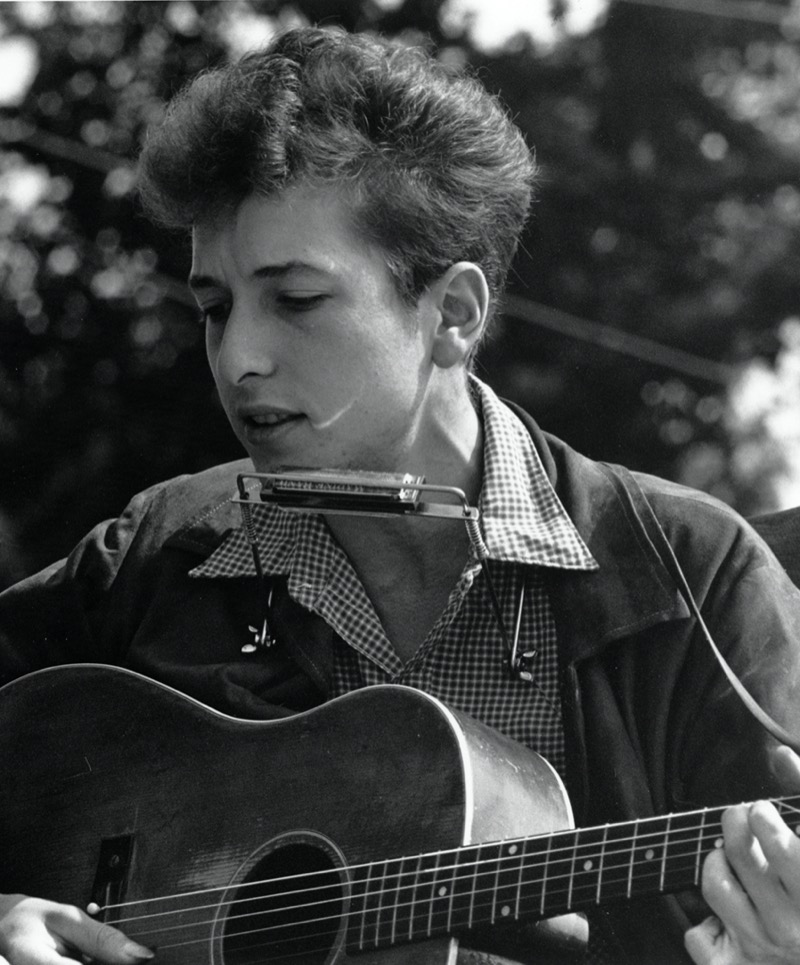
Bob Dylan’s journey in the 1960s was marked by his musical genius and evolving style, which were deeply rooted in his upbringing and the folk music scene. Growing up in Hibbing, Minnesota, Dylan’s early fashion choices were influenced by his modest surroundings and working-class background.
His utilitarian wardrobe was practical and unadorned, consisting of functional and durable pieces. This straightforward approach to clothing underscored his authenticity and grounded persona.
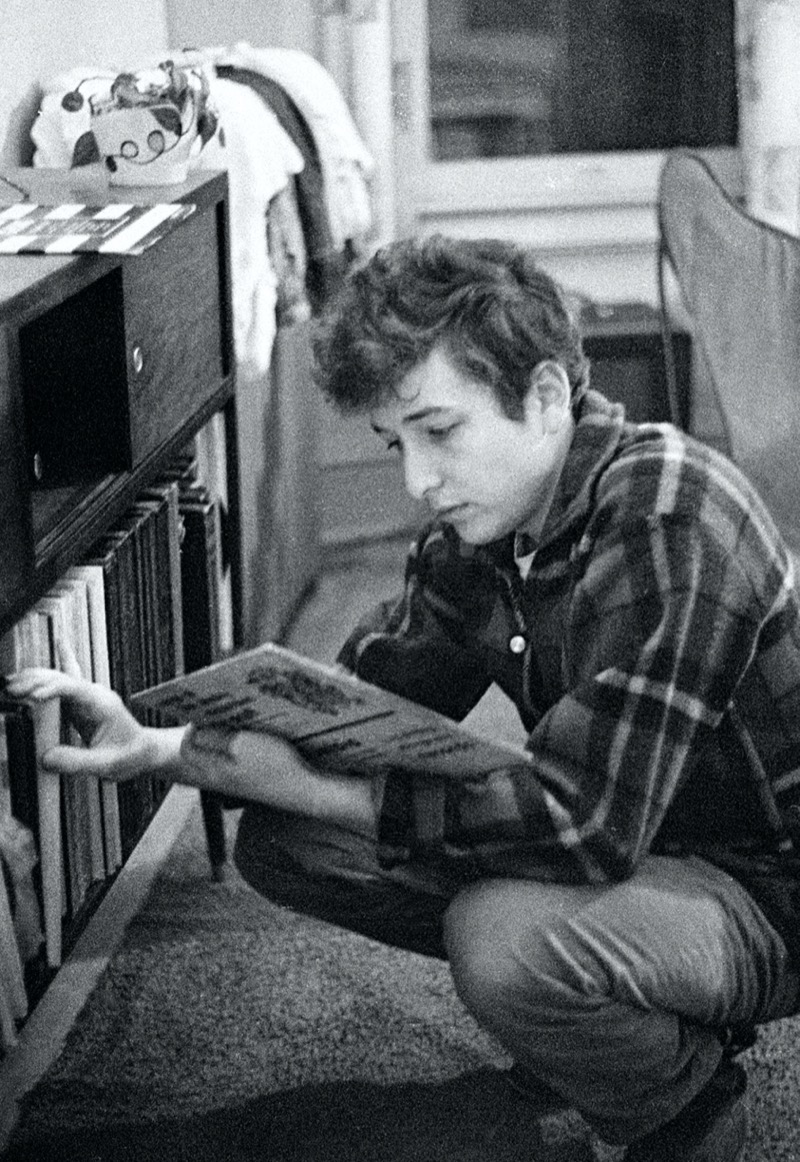
As Dylan emerged as a significant figure in the music world, his fashion choices continued to reflect the simplicity and authenticity of his early life and the folk traditions he held dear. His wardrobe consisted of practical, unpretentious clothing that reflected the folk aesthetic, including denim, flannel shirts, and boots.
This look symbolized the everyday man, aligning perfectly with the themes of Dylan’s early music, which celebrated storytelling and a return to simplicity.
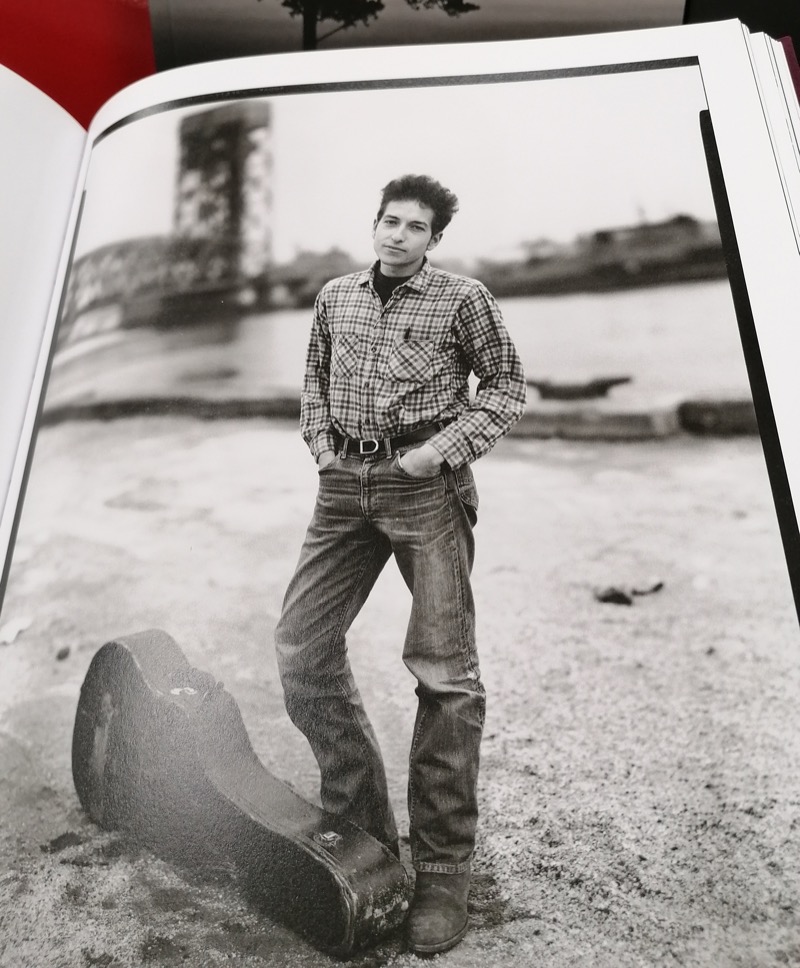
Bob Dylan’s style in the early 1960s embodied a “thrift store quality” that defined the downtown New York music scene. His look was reminiscent of second-hand finds, even if he didn’t shop there. Key elements of his early style included:
Denim: A staple of his Americana look, denim shirts, and jeans symbolized ruggedness and timelessness, mirroring the resilience of his music.
Flannel and workwear: Practical and comfortable, flannel shirts and sturdy boots reflected his working-class roots and folk musician persona.
The Rolling Stone Era (Mid-1960s)
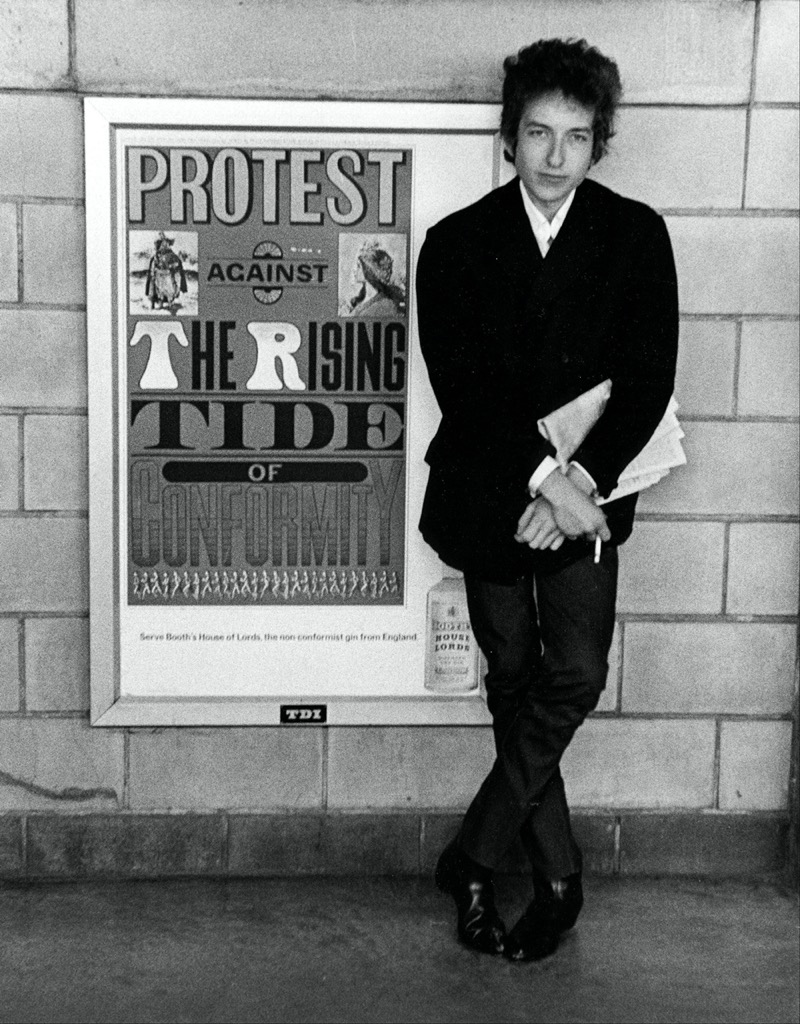
As Bob Dylan’s career advanced, his style transformed. He absorbed the intellectual and countercultural vibes of Greenwich Village’s Beatnik scene, marking a departure from his rural roots and embracing a darker, more sophisticated urban aesthetic.
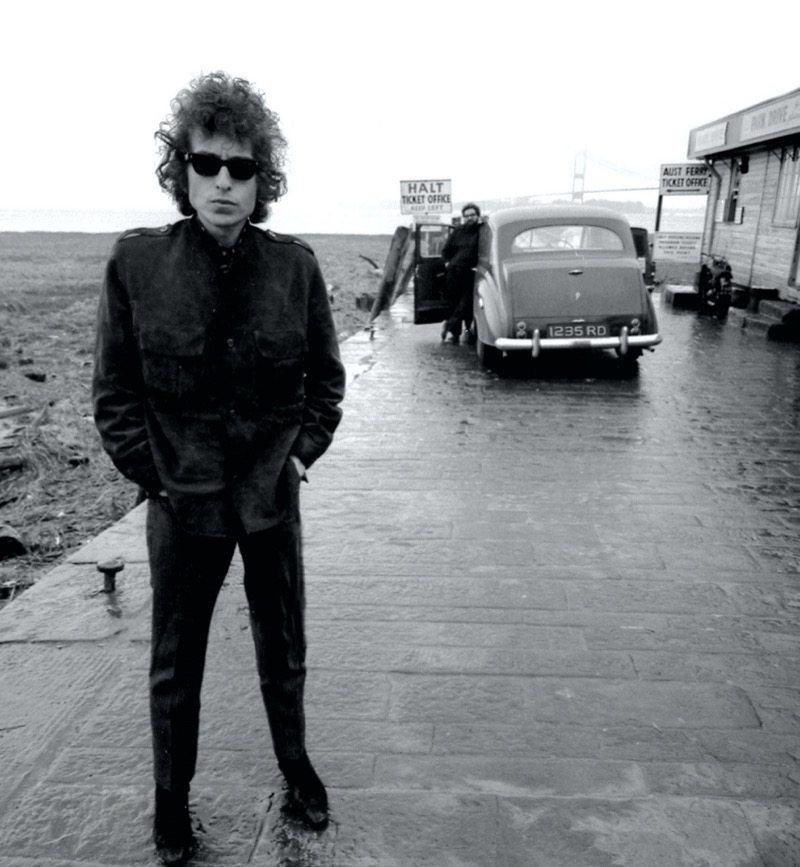
The release of “Like a Rolling Stone” in 1965 marked a turning point in Dylan’s career, both musically and sartorially. He crafted a mesmerizing stage persona that captivated audiences and critics alike, with his style becoming a visual extension of his music—intense, electric, and revolutionary.
During this era, his wardrobe evolved from rustic folk attire to more polished, fashion-forward ensembles, blending classic styles with countercultural defiance.
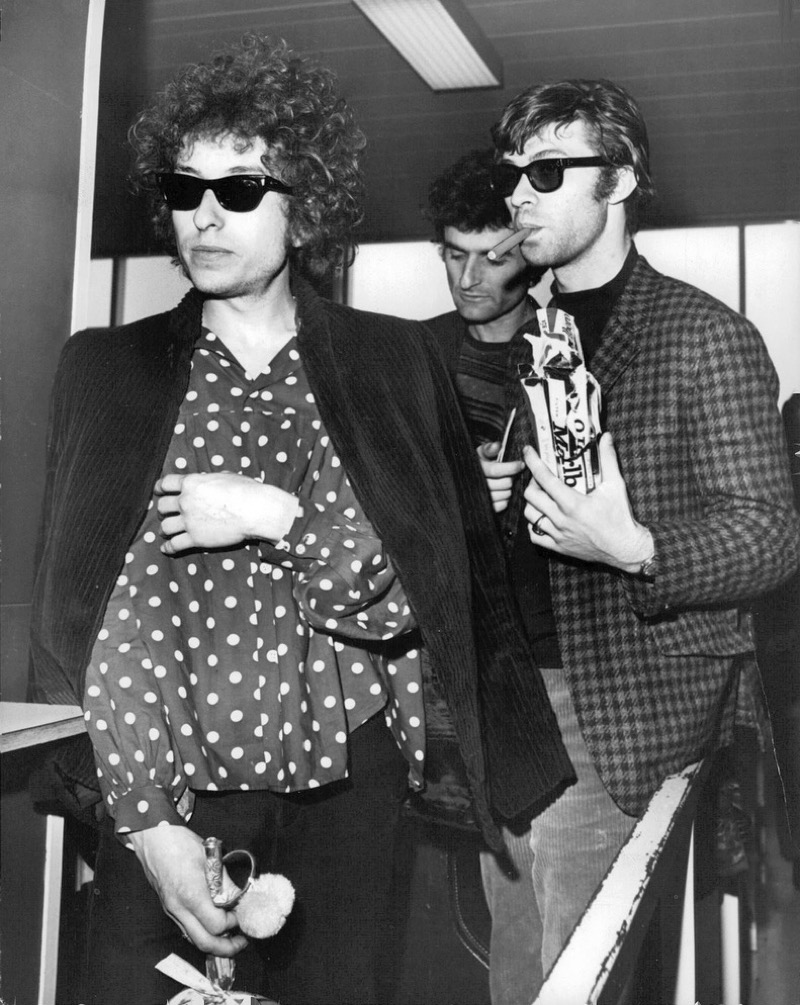
As he transitioned from folk to rock, Dylan’s outfits became carefully curated extensions of his music and public persona. He shed the Beatnik influence, embracing a more refined, rock-star look that reflected the changing tides of his artistry. Dylan’s signature looks included:
Casual Cool: Dylan’s mid-60s look often included fitted denim jeans, slim-cut button-down shirts, and textured jackets exuding effortless cool.
Iconic Sunglasses: Ray-Ban Wayfarers became his trademark, adding mystery and rebellion to his persona.
Gypsy & Rolling Thunder Revue (1970s)
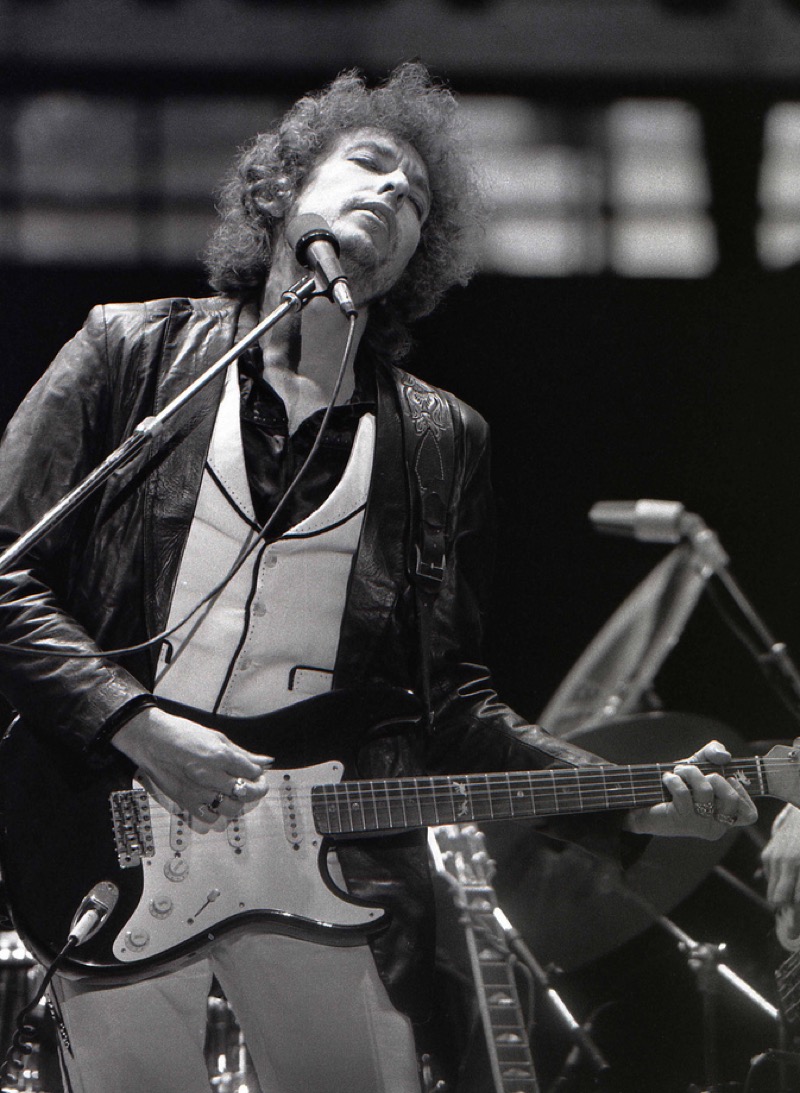
The 1970s were a time of unbridled eclecticism and theatricality in Bob Dylan’s style, reflecting his adventurous spirit and the era’s shifting cultural landscape. This decade was defined by his iconic Rolling Thunder Revue tour, where Dylan embodied a flamboyant, gypsy-inspired aesthetic that cemented his status as a fashion icon.
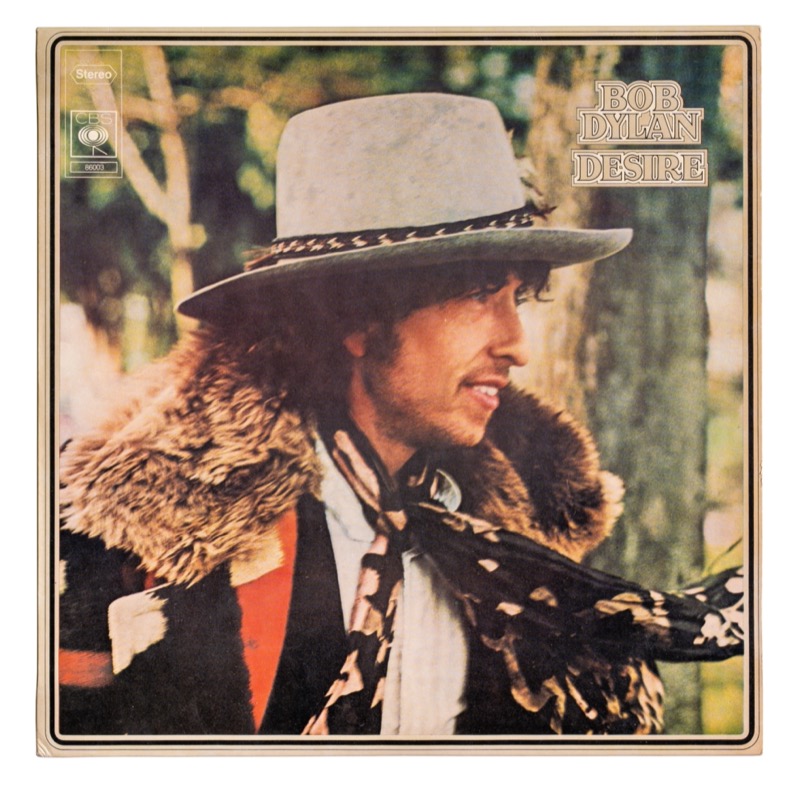
His style during this period was a vibrant melting pot of gypsy, bohemian, and rock influences, resulting in a dynamic look that was as bold and expressive as his music. On stage, Dylan’s outfits were an explosion of patterns, textures, and colors, featuring wide-brimmed hats, scarves, and layered clothing.
This theatrical wardrobe captured the essence of his artistic spirit, solidifying his reputation as a true original.
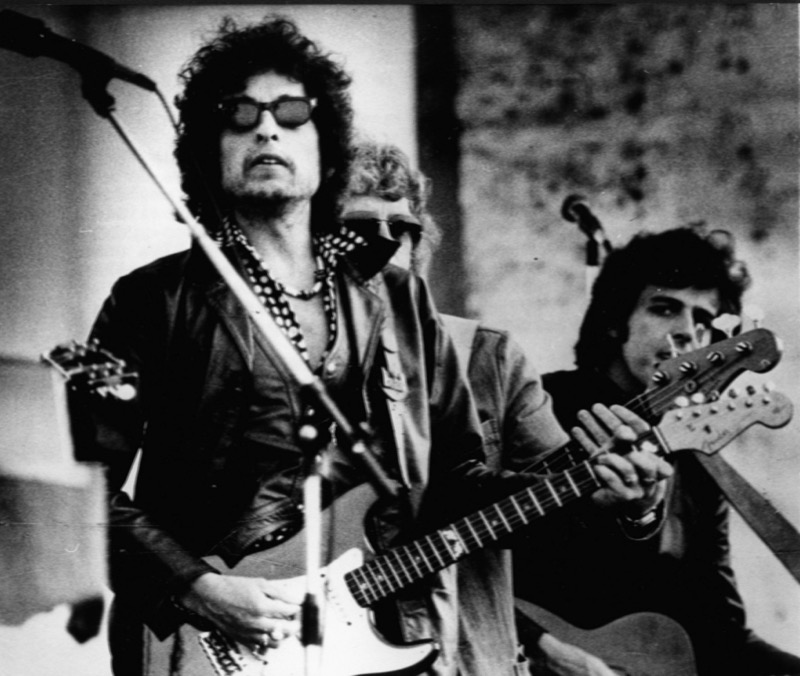
Bob Dylan’s style in the 1970s was characterized by a dynamic ebb and flow, alternating between laid-back, bohemian looks and darker, edgier, rock-inspired ensembles. Throughout this period, some of his trusted staples were:
Scarves: Dylan frequently accessorized with scarves, adding a bohemian touch to his outfits.
Layering: His 1970s style featured a rich mix of layered vests, jackets, and shirts, creating a visually captivating and eclectic look.
Leather: Leather jackets became a staple, bringing a rugged and edgy element to his gypsy-inspired ensembles.
New Wave & Regeneration (1980s)
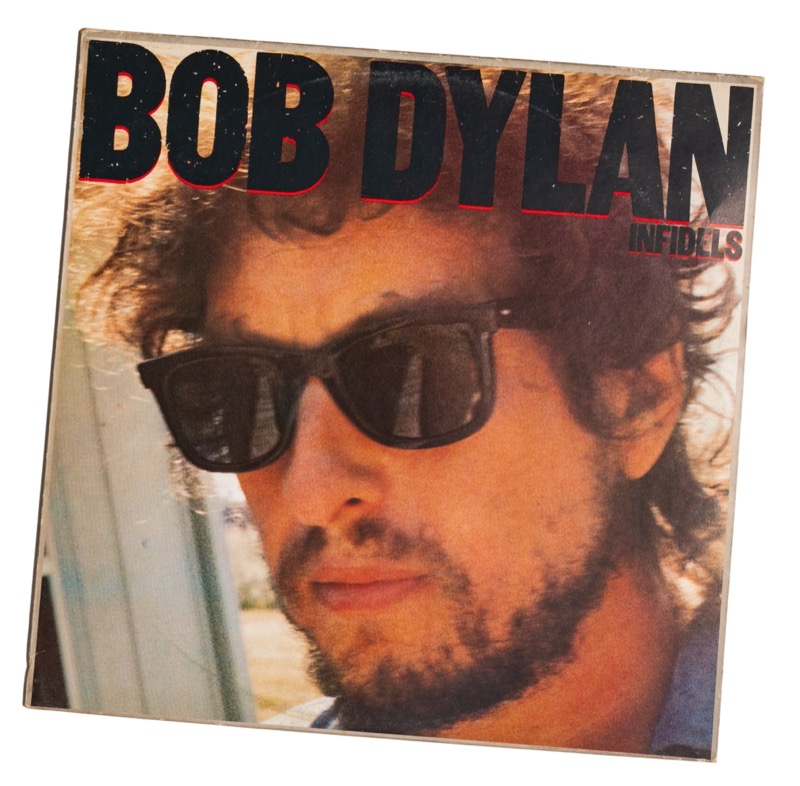
The 1980s were a time of bold experimentation and modernization for Bob Dylan as he adapted to the decade’s seismic shifts in music and fashion. Dylan’s style evolved to stay relevant and influential, embracing the new wave aesthetic and merging his timeless cool with contemporary trends.
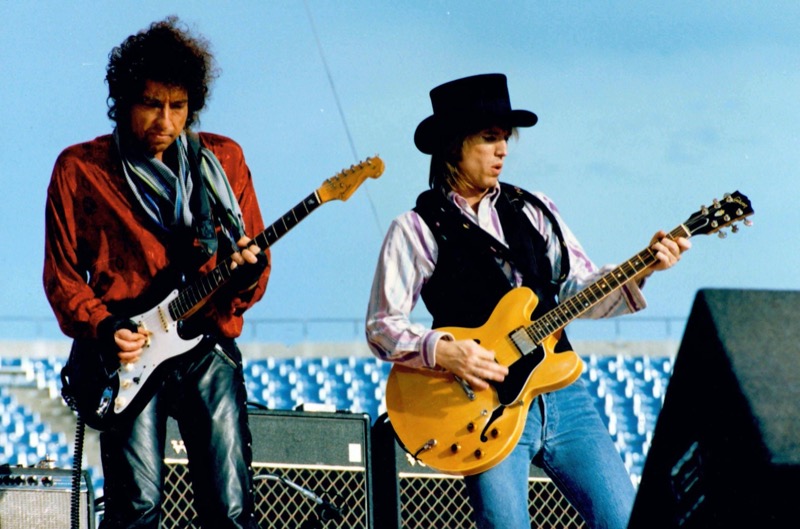
Dylan’s fashion choices were marked by their boldness and flair during this period. He abandoned the understated looks of the 1970s, opting instead for vibrant, eclectic ensembles that reflected the era’s dynamic music scene. Bright colors, eye-catching leather jackets, and statement accessories became hallmarks of his style.
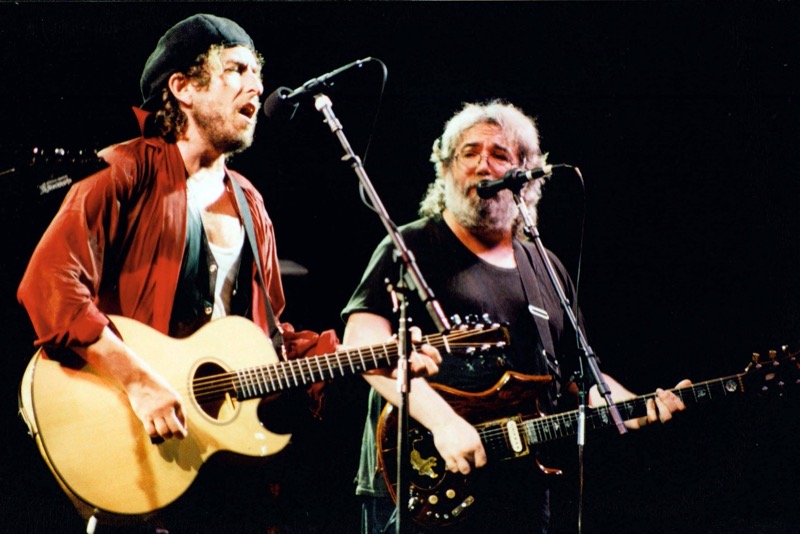
By blending old and new, Dylan created daring, attention-grabbing looks that epitomized the spirit of the 1980s:
Bright Colors: Dylan’s 1980s wardrobe featured a palette of bold and vibrant colors, a departure from the more subdued tones of his earlier years.
Bold Accessories Statement accessories, such as oversized sunglasses, distinctive hats, and chunky jewelry, were key components of Dylan’s look during this decade.
Roots Revival (1990s)
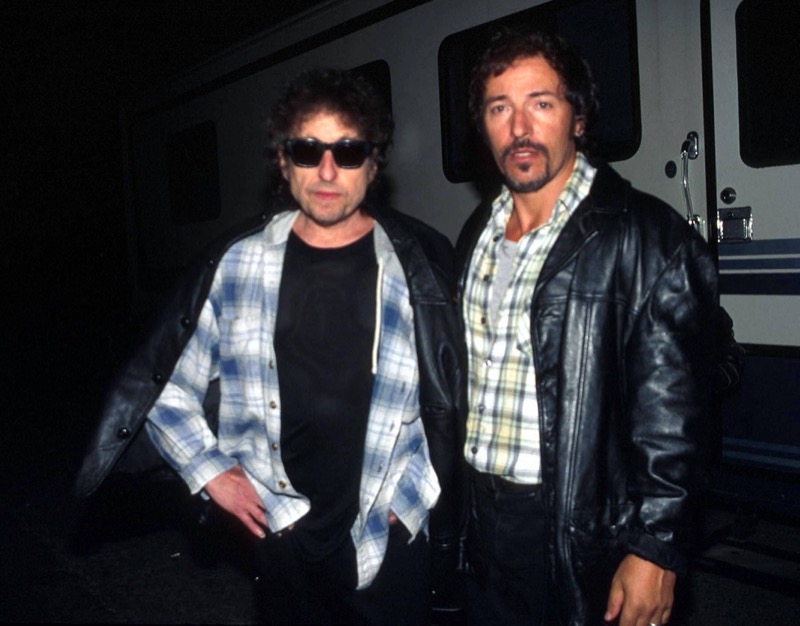
The 1990s marked Bob Dylan’s return to form as he rediscovered his musical and sartorial roots. This period was defined by a stripped-down, authentic approach that honored his folk and blues heritage.
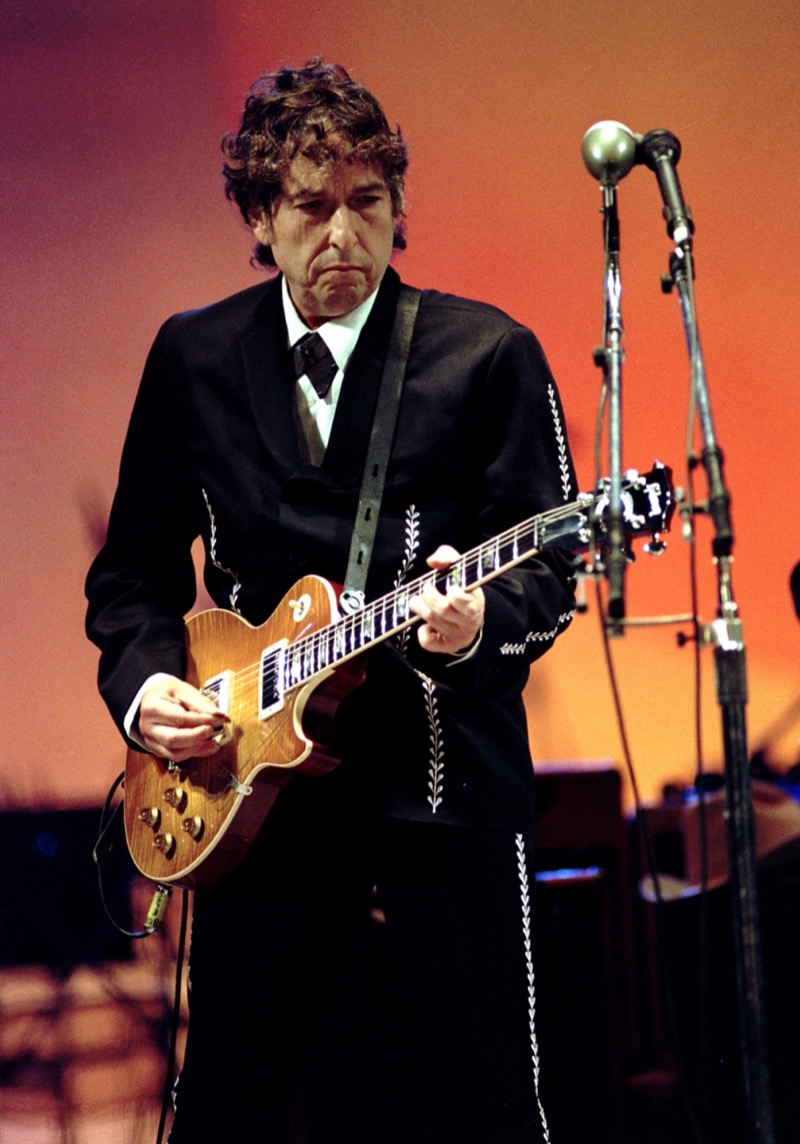
Dylan’s style during this decade was a masterclass in simplicity, durability, and timeless Americana flair. Gone were the flamboyant, eclectic styles of yesteryear; instead, Dylan opted for a back-to-basics approach that mirrored the raw, unembellished nature of his music:
Casual Americana: Dylan’s 1990s wardrobe featured casual essentials like flannel shirts and leather jackets. The flannel shirts added a rugged, laid-back vibe that reflected his folk roots, while the leather jackets provided a timeless, edgy touch.
Western-Inspired: Embracing his Americana roots, Dylan frequently wore Western-inspired outfits. This included western shirts with distinctive yokes, embroidery, and tailored pieces that hinted at cowboy culture.
The Modern Era (2000s & Beyond)
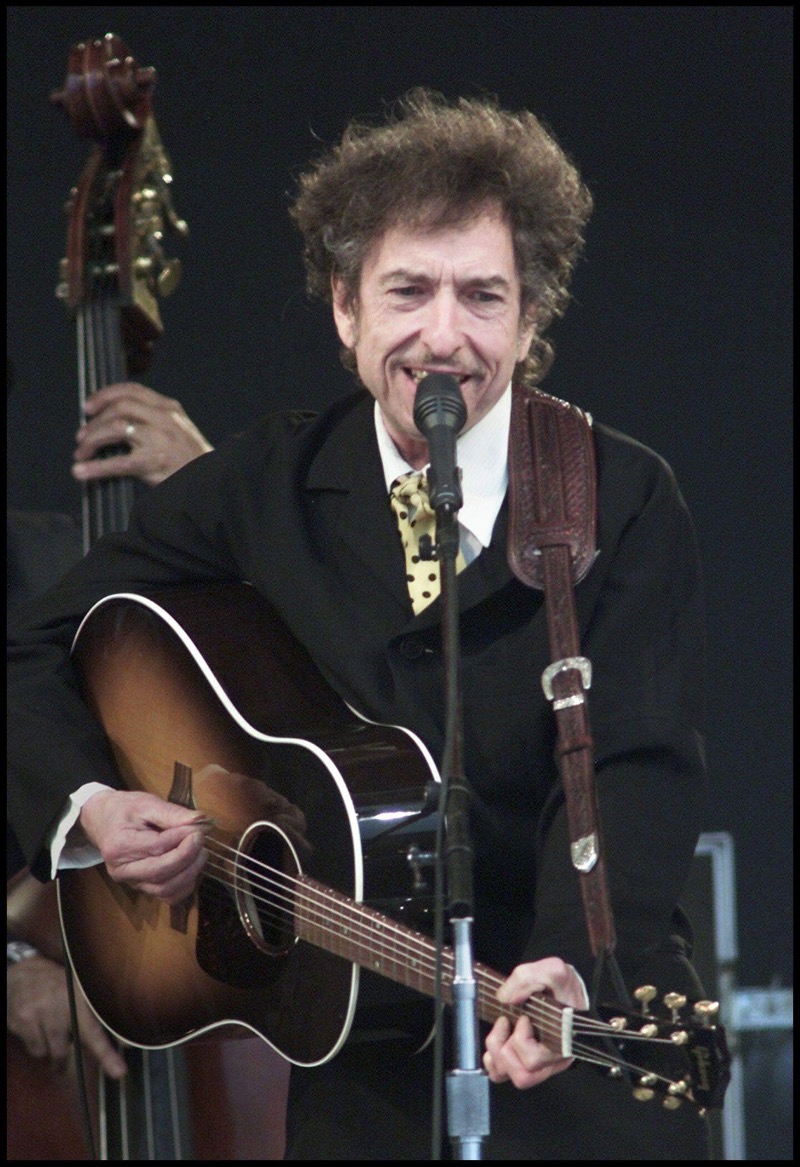
Bob Dylan’s style is a distinctive blend of timeless elegance and subtle eccentricity, reflecting his iconic status. This mature, classic look preserves the rebellious spirit that defines his persona, embodying the flaneur spirit—a 19th-century Parisian term for one who strolls, observes, and absorbs the world.
Dylan’s sartorial choices mirror his artistic approach, meshing with his musical themes of wandering and poetic introspection. Refined attire, often featuring well-tailored suits, showcases his evolution from a youthful rebel to a seasoned artist.
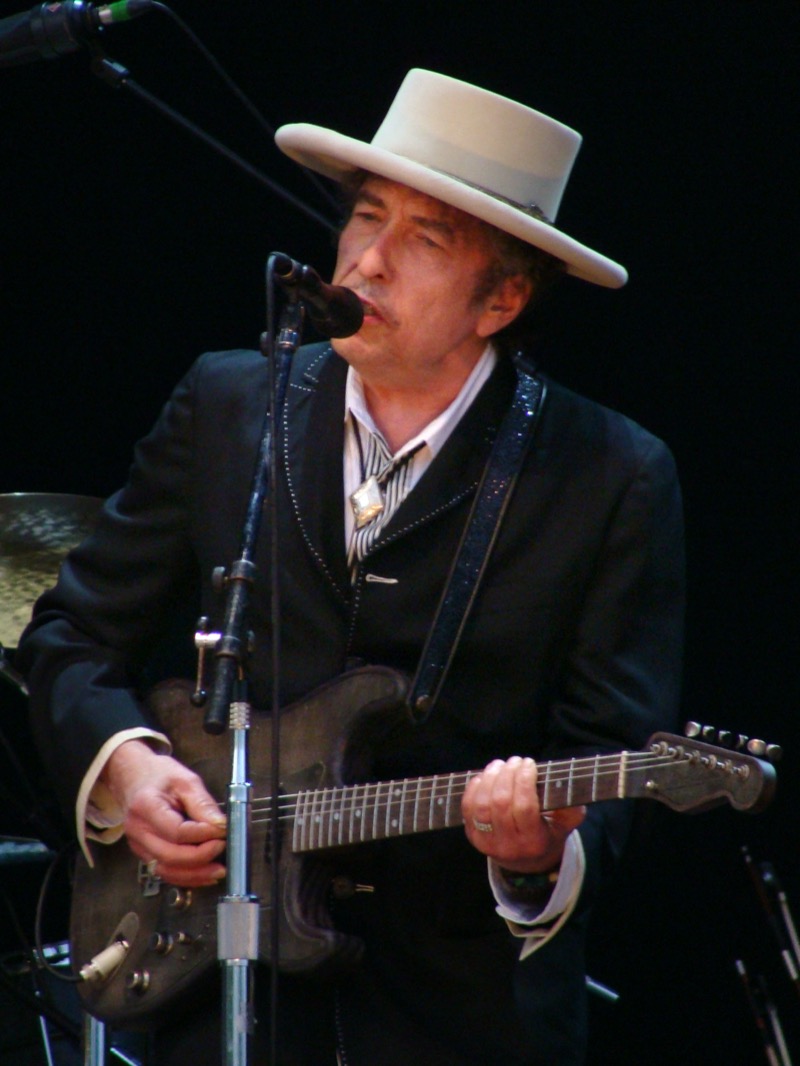
Western-inspired elements, such as embroidered shirts, bolo ties, and jackets with Western yokes, add a unique twist to his classic ensembles.
This polished yet eccentric style continues to influence fashion, inspiring new generations of artists. His fashion symbolizes his enduring legacy as a musician and reflects his creative genius through his fashion.
